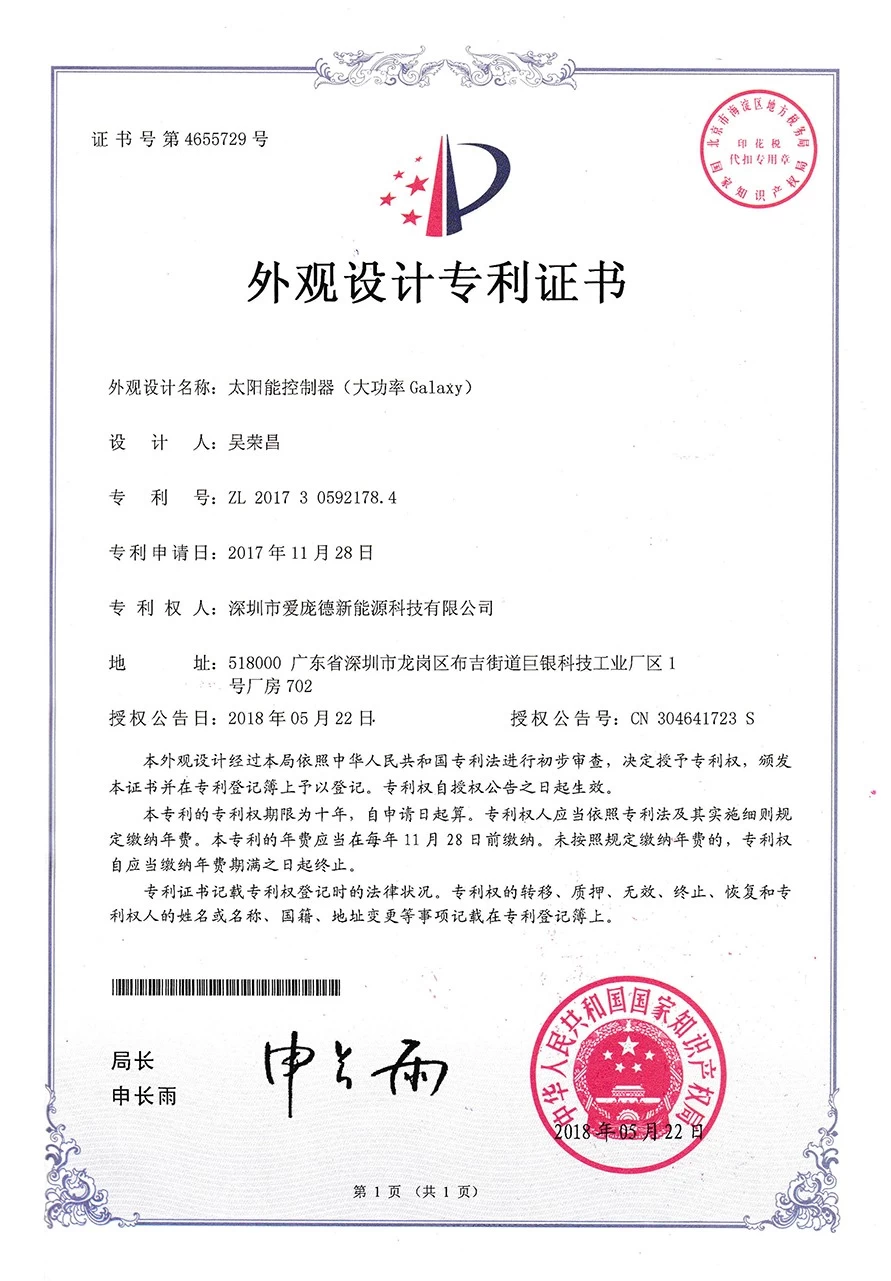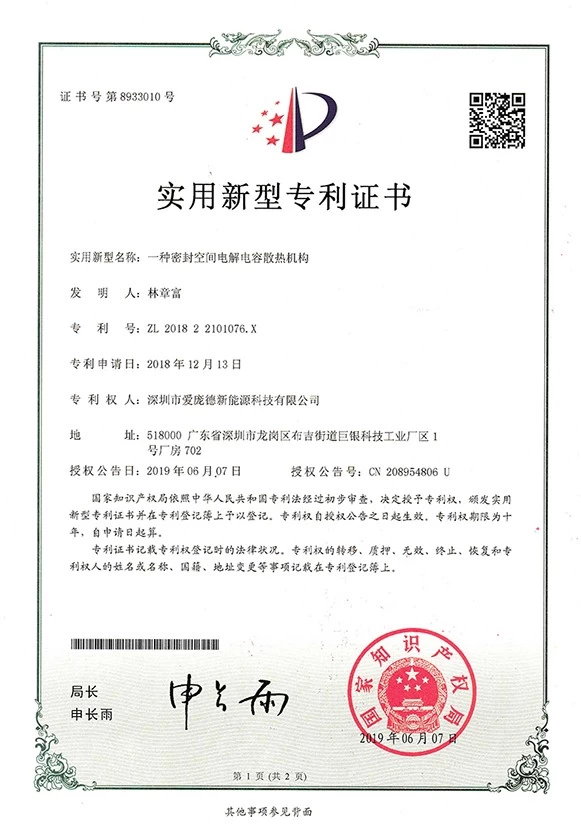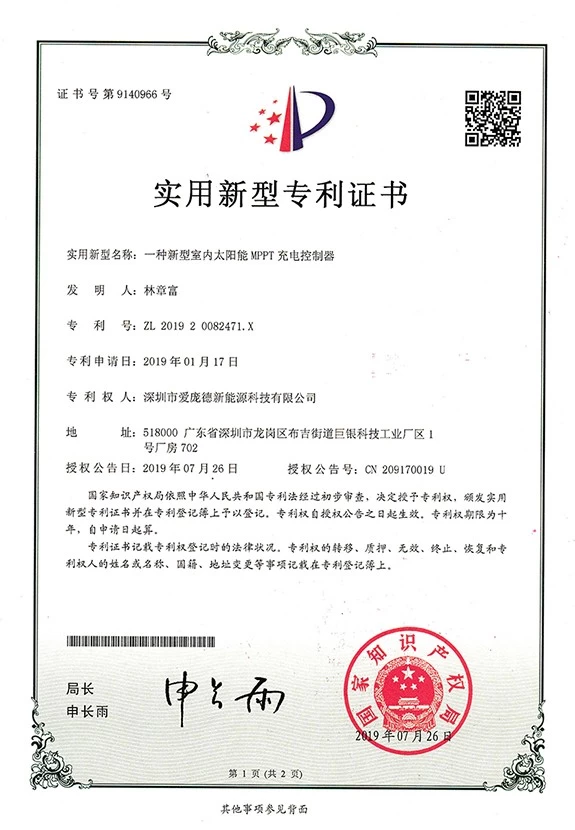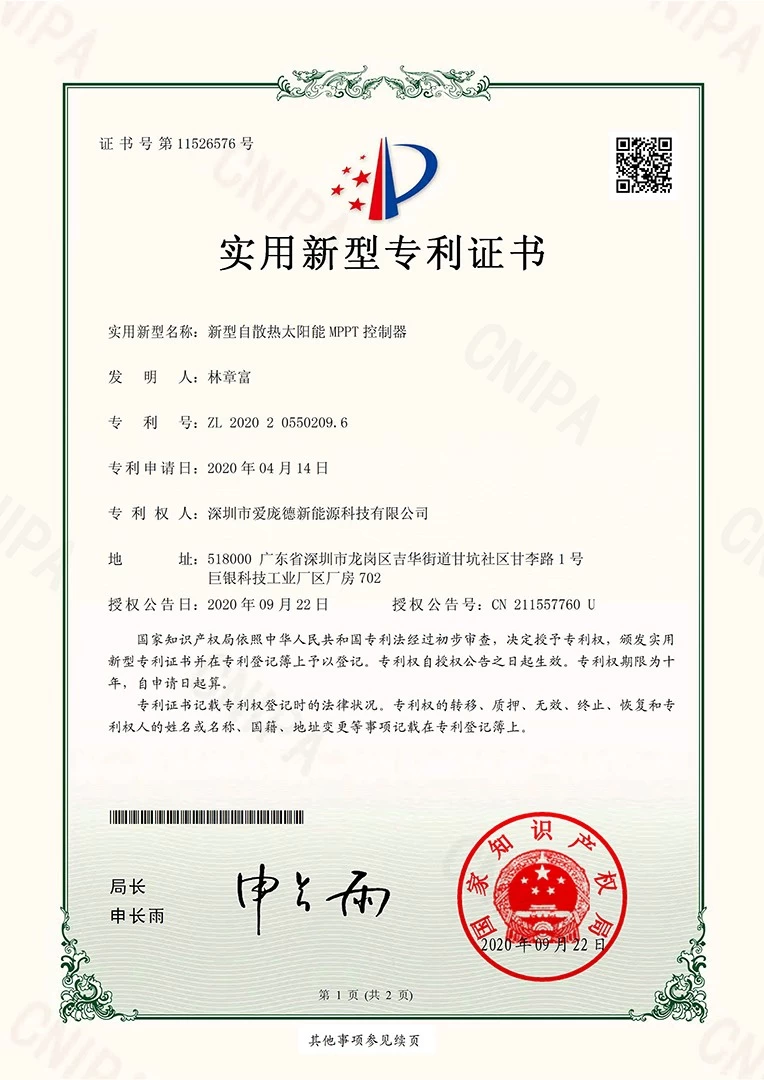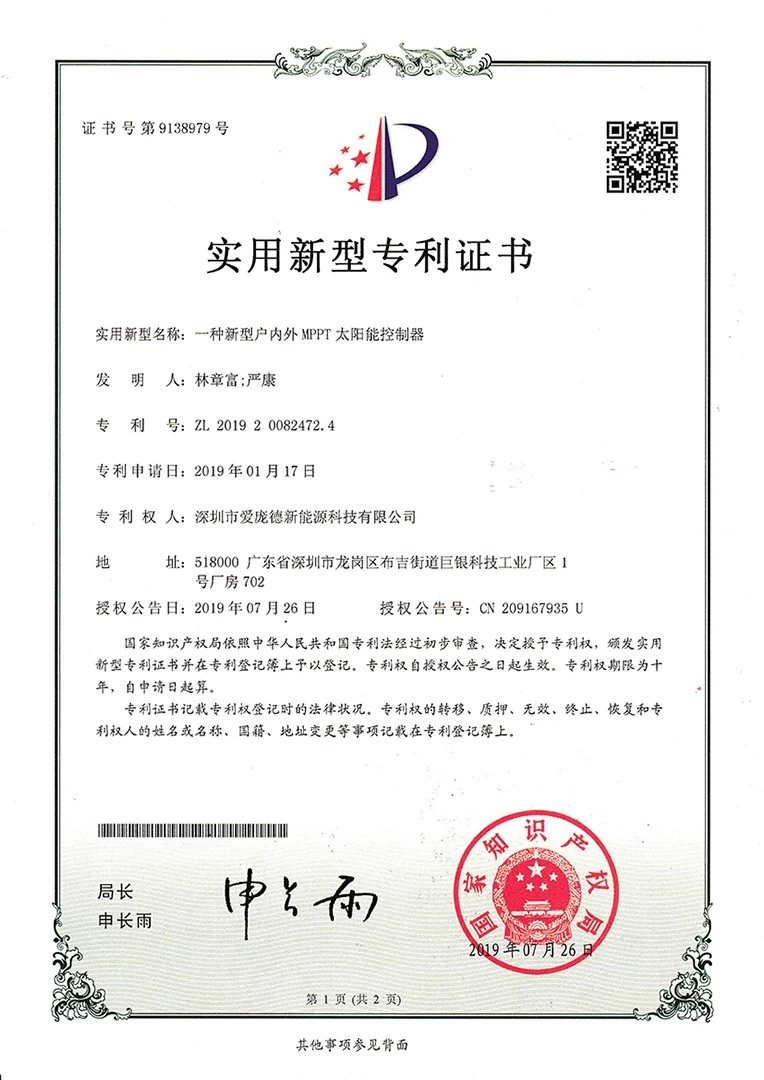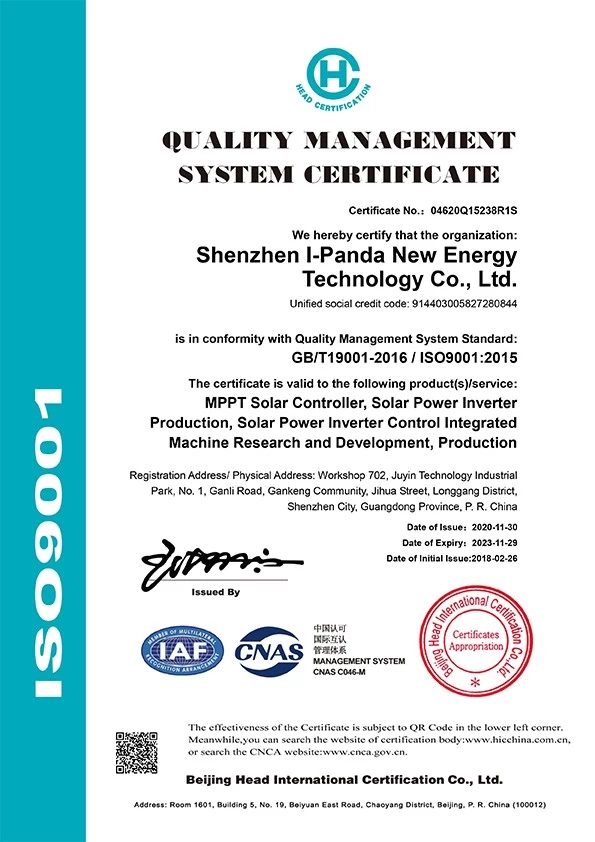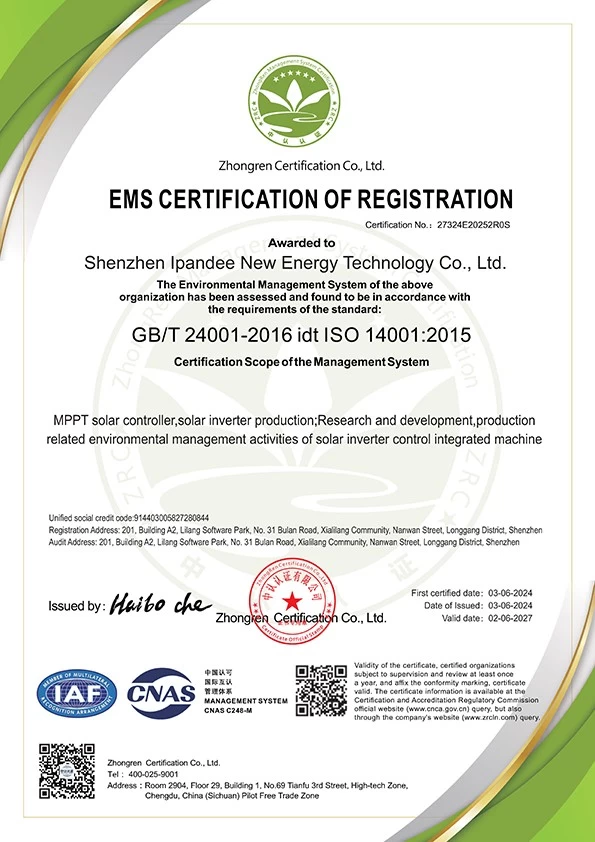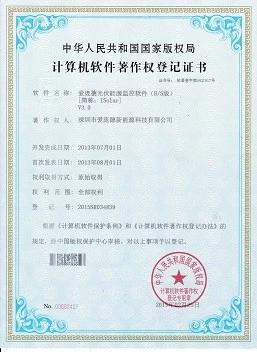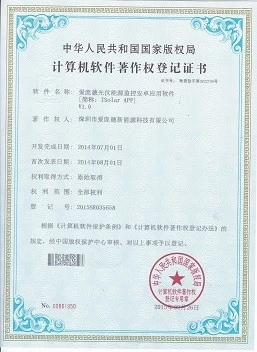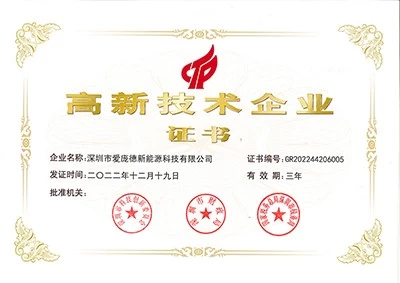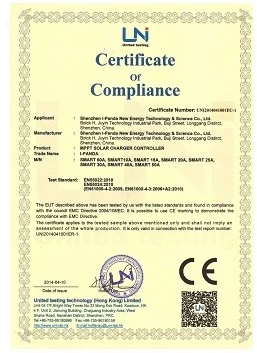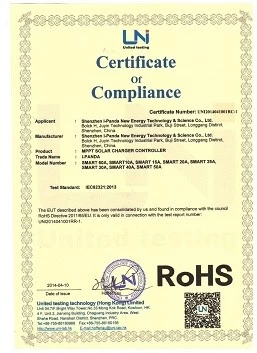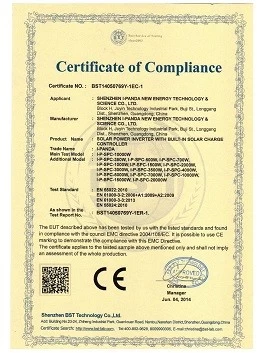India's new PV policy priority "Made in India"
Driven by policies such as “Made in India” and import guarantee tariffs, although the Indian local enterprises and production capacity have been protected to a certain extent, the plan to achieve 100 GW of PV installed capacity in 2022 is not a hindrance. According to MNRE statistics, in the third quarter of this year, India's PV installed capacity was 1.589GW, which was about 4% lower than the second quarter. The installed capacity of photovoltaics in the same period last year was 2.278GW, a decrease of about 30% year-on-year.
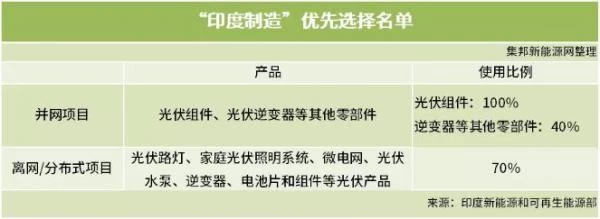
According to statistics from Jibang New Energy EnergyTrend, a new energy research center of Jibang Consulting, India's domestic component production capacity is about 6.26GW. The existing production capacity has not been able to meet the installed demand of the domestic PV market, and the inverter's dependence on imports is even more. High, currently only Sunshine Power and Shangneng two inverter companies set up factories in India.
Cao Junru, an analyst at EnergyTrend of Jibang New Energy Network, pointed out that the impact of this policy must be evaluated in two aspects: including the definition of local content and the Public Sectors Undertakings (PSUs) and their coverage under the regulations. The range of photovoltaic power plants developed.
The parent law on which this policy is based is 2017 Public Procurement (Preference to MakeIn India). Local content is defined as: the value of the overall product, after deducting the value of imports, adding value in India. Therefore, the localization requirement for PV modules up to 100% in the policy is not limited to the component packaging, and it may mean that the overall value chain needs to be in India to comply with the regulations. Even if it is limited to the packaging, it is currently global. Almost all of the component materials (such as frame, rubber, junction box, etc.) are produced in China, and it is very difficult to achieve 100% local production in India.
The scope of PSUs is due to the fact that most of India's PV installation projects are planned by central or state governments, and there are few PV projects involving PSUs. Therefore, most of India's PV projects will be affected by the new policies. In this way, this policy will have a negative impact on the Indian PV industry. However, according to the understanding of EnergyTrend of Jibang New Energy Network, the policy seems to have not been fully implemented. As India's policies have always had greater uncertainty, EnergyTrend will remain concerned about the subsequent fermentation of the policy.
This article is reproduced on the Internet. For the purpose of transmitting more information, it does not mean agreeing with its views or confirming its description. Article content is for reference only.





